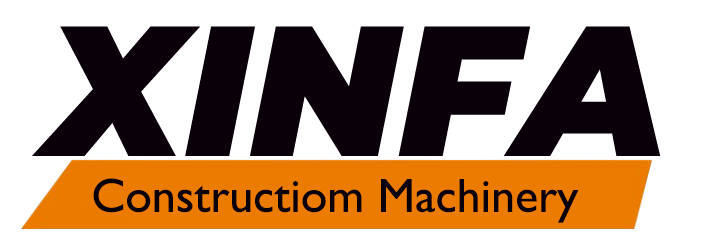Single Post
Posted by: sdxfjx
Comments: 0
Post Date: 28 Apr 2024
Construction sites are bustling hubs of activity, with various types of heavy equipment working together to get the job done efficiently. Among these machines, backhoes and front loaders are two commonly used pieces of equipment, each with its own distinct features and purposes. In this blog post, we’ll delve into the differences between backhoes and front loaders, exploring their designs, functions, and typical applications.
Backhoes: The Versatile Excavating Machines
Backhoes are renowned for their versatility and effectiveness in excavation tasks. These machines feature a hydraulic arm, or boom, mounted at the rear, with a digging bucket attached at the end. Here’s a closer look at the key features and functions of backhoes:
[Include an image of a backhoe in action, digging a trench on a construction site.]
The rear-mounted digging bucket allows backhoes to efficiently dig trenches, foundations, holes, and other excavation tasks.
Backhoes are equipped with operator cabs positioned above and behind the rear-mounted equipment, providing operators with a clear view of the work area.
[Include a close-up image highlighting the hydraulic arm and digging bucket of a backhoe.]
Front Loaders: The Heavy Lifters of Construction
In contrast to backhoes, front loaders are designed for heavy lifting and material loading tasks. These machines feature a hydraulic arm mounted at the front, with a lifting bucket or fork attachment. Let’s explore the unique characteristics and capabilities of front loaders:
[Include an image of a front loader loading materials onto a truck at a construction site.]
The front-mounted lifting bucket or fork attachment enables front loaders to efficiently load materials such as soil, gravel, sand, and debris onto trucks or other transportation vehicles.
Front loaders are commonly used in construction, mining, agriculture, waste management, and forestry industries for various loading and handling tasks.
[Include a close-up image showcasing the lifting bucket attachment of a front loader.]
Key Differences and Applications:
While both backhoes and front loaders are essential pieces of construction equipment, they serve different primary functions and are suited for distinct applications:
Backhoes excel in excavation tasks such as digging trenches, foundations, and holes. They are commonly used in construction, landscaping, agriculture, and utility work.
Front loaders are ideal for loading and lifting tasks, including loading materials onto trucks, stockpiling, and handling bulk materials. They find applications in construction, mining, agriculture, waste management, and forestry industries.
[Include an infographic comparing the key features, functions, and applications of backhoes and front loaders.]
In conclusion, backhoes and front loaders are indispensable assets on construction sites, each offering unique capabilities and benefits. Understanding the differences between these two types of equipment is essential for selecting the right machine for specific tasks and maximizing productivity on construction projects. Whether it’s digging trenches or loading materials, backhoes and front loaders play vital roles in getting the job done efficiently and effectively.
